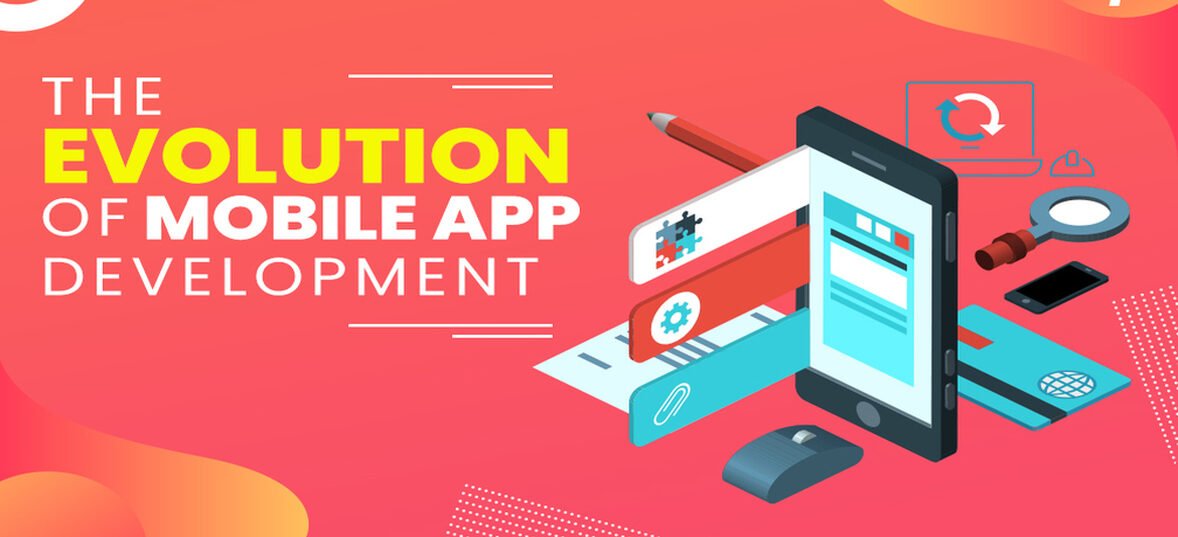
Evolution of best Mobile Application Development
Mobile Application:
Key Takeaways:
- Evolution from basic feature phones to sophisticated smartphones
- Rise of app stores and ecosystems
- Impact of mobile internet
- Diversification of mobile platforms
- Increasing importance of user experience and accessibility.
Table of Contents
Mobile application development has undergone a dramatic transformation since its inception. From the rudimentary applications of early mobile devices to the sophisticated and ubiquitous apps we use today, the journey has been one of constant innovation and adaptation. This article explores the key milestones in the evolution of mobile application development, tracing its trajectory from humble beginnings to its current prominence. Click here if you want to read more about mobile application development uae.
The Dawn of Mobile: Feature Phones and Basic Apps
In the early days of mobile phones, applications were limited to basic functionalities like contact management, SMS messaging, and simple games. These “feature phones” had limited processing power and memory, and applications were often pre-installed by the manufacturer. Development was typically done using proprietary platforms and languages, making it difficult for third-party developers to create and distribute applications. The focus was primarily on core communication features, and the concept of a rich mobile app ecosystem was still years away.
The Smartphone Revolution: The Rise of Mobile Platforms
The arrival of smartphones marked a turning point in mobile application development such as mobile application development uae. Devices like the Palm Pilot and early BlackBerry devices introduced more advanced operating systems and allowed for the installation of third-party applications. This opened up new possibilities for developers, who could now create applications for a wider range of purposes, from productivity tools to entertainment apps. The emergence of mobile platforms like Symbian, Windows Mobile, and later, iOS and Android, created a more standardized environment for development, making it easier for developers to target specific devices and operating systems.
The App Store Era: A New Distribution Model
The launch of the Apple App Store in 2008 and the subsequent rise of the Android Market (now Google Play) revolutionized the distribution of mobile applications. These app stores provided a centralized platform for developers to publish and distribute their apps to millions of users worldwide. This new distribution model lowered the barrier to entry for developers, fostering a surge in mobile app development. The app store ecosystem also created a new revenue stream for developers, through paid apps, in-app purchases, and advertising.
The Mobile Internet: Fueling App Functionality
The rapid growth of mobile internet access played a crucial role in the evolution of mobile applications. As mobile networks became faster and more reliable, apps could leverage internet connectivity to provide a wider range of functionalities. This led to the development of mobile apps for social networking, online shopping, navigation, media streaming, and much more. The mobile internet transformed mobile apps from standalone tools to connected experiences, integrating seamlessly with online services and data.
Platform Diversification: iOS vs. Android and Beyond
The mobile app development landscape has been dominated by two major platforms: iOS and Android. These platforms have their own unique characteristics, development tools, and target audiences. Developers often need to create separate versions of their apps for each platform, adding complexity to the development process. While iOS and Android remain the dominant players, other platforms like Windows Phone (now discontinued) and various niche operating systems have also emerged, further diversifying the mobile app ecosystem. GCC Marketing Dubai will help to fix your problem.
User Experience and Accessibility: Key Considerations
As mobile apps have become more complex and sophisticated, user experience (UX) and accessibility have become increasingly important. Users expect mobile apps to be intuitive, easy to use, and visually appealing. Developers need to pay close attention to design principles, user interface elements, and navigation to create a seamless and enjoyable user experience. Accessibility is also a crucial consideration, ensuring that mobile apps can be used by people with disabilities. This includes features like screen reader compatibility, alternative input methods, and adjustable font sizes.
The Future of Mobile App Development
The future of mobile app development is likely to be shaped by several key trends. Artificial intelligence (AI) and machine learning (ML) are being increasingly integrated into mobile apps, enabling intelligent features and personalized experiences. Augmented reality (AR) and virtual reality (VR) are creating new opportunities for immersive mobile experiences. The rise of 5G networks promises faster speeds and lower latency, further enhancing the capabilities of mobile apps.
As technology continues to advance, mobile app development like mobile application development uae will undoubtedly continue to evolve, creating new and exciting possibilities for users and developers alike. The journey from basic feature phone apps to the sophisticated mobile experiences of today is a testament to the rapid pace of innovation in this field, and the future promises even greater advancements.


